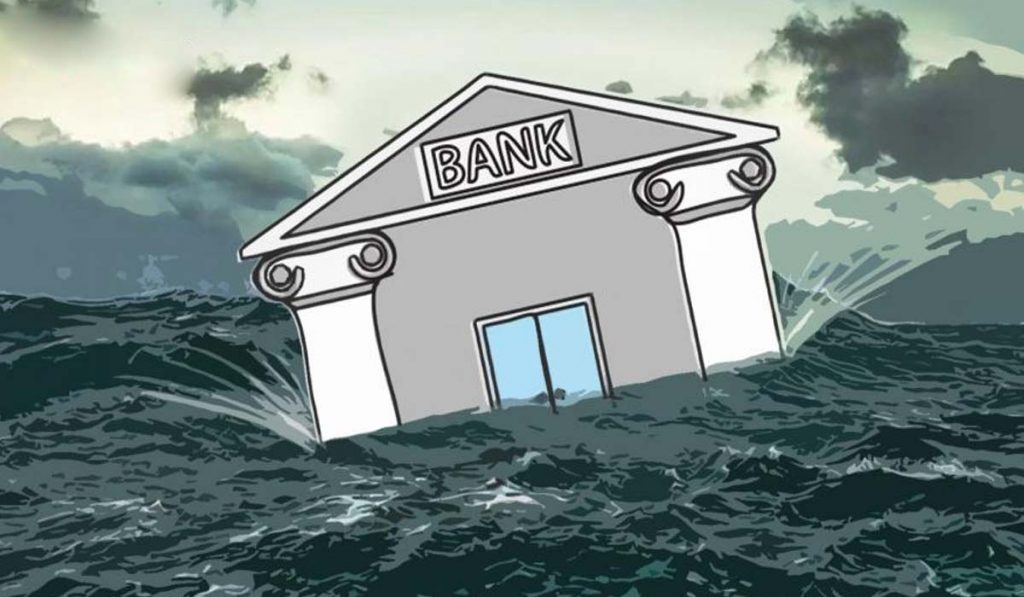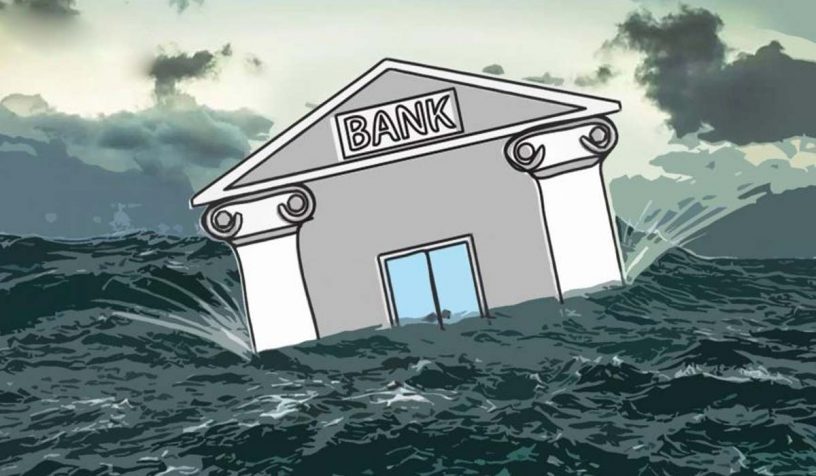
Unless there is a strong political will to recognise bad loans and support legal infrastructure to address wilful defaulters, setting up a bad bank may become a moot point, say the authors.
Authors:
Sudipta Sen, Assistant Professor, Jindal School of Banking & Finance, O.P. Jindal Global University, Sonipat, Haryana.
Prasenjit Chakrabarti, Assistant Professor, Indian Institute of Management Ranchi, Jharkhand.
Summary
On October 4, the Reserve Bank of India gave license to National Asset Reconstruction Company Limited (NARCL), popularly known as a bad bank.
The role of the bad bank is to establish a liquid market for Non Performing Assets (NPAs) with a underlying belief that banks will be able to sell their NPAs at a reasonable price.
NARCL, through its service company/operational entity India Debt Resolution Company Ltd (IDRCL), will manage the resolutions of these NPAs.
The NARCL will acquire these stressed assets through 15 per cent cash and 85 per cent security receipts (SRs) in a phased manner, of which ₹90,000 crore of the asset will be managed in the first phase.
A government guarantee will back the SRs for a maximum amount of ₹30,600 crore, and the guarantee will be valid for a resolution period of five years.
Currently, the Indian banking system has one of the highest gross non-performing assets (GNPA) to total asset ratio globally. Post-covid stress scenarios estimated by the RBI pegs it at an aggregate GNPA ratio in the range of 12.5- 14.7 per cent.
Role of bad banks
The role of the bad bank is to establish a liquid market for NPAs with a promise that banks will be able to sell their NPAs at a fair value.
As a part of its NPA recovery mechanism, India already has a slew of measures like the debt recovery tribunals under the Recovery of Debts Due to Banks and Financial Institutions (RDDBFI) Act in 1993, asset reconstruction companies (ARCs) as a part of the Securitisation and Reconstruction of Financial Assets and Enforcement of Security Interest Act (SARFAESI Act) in 2002, and the Insolvency and Bankruptcy Code (IBC) in 2016.
Published in: The Hindu Business Line
To read the full article, please click here


